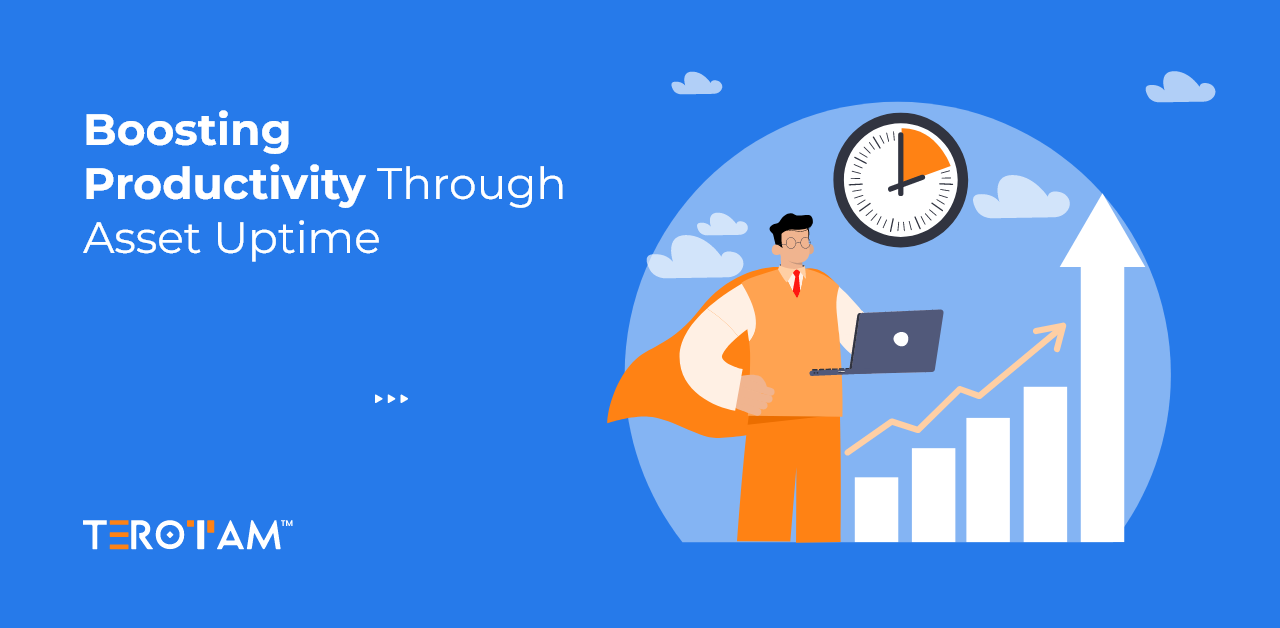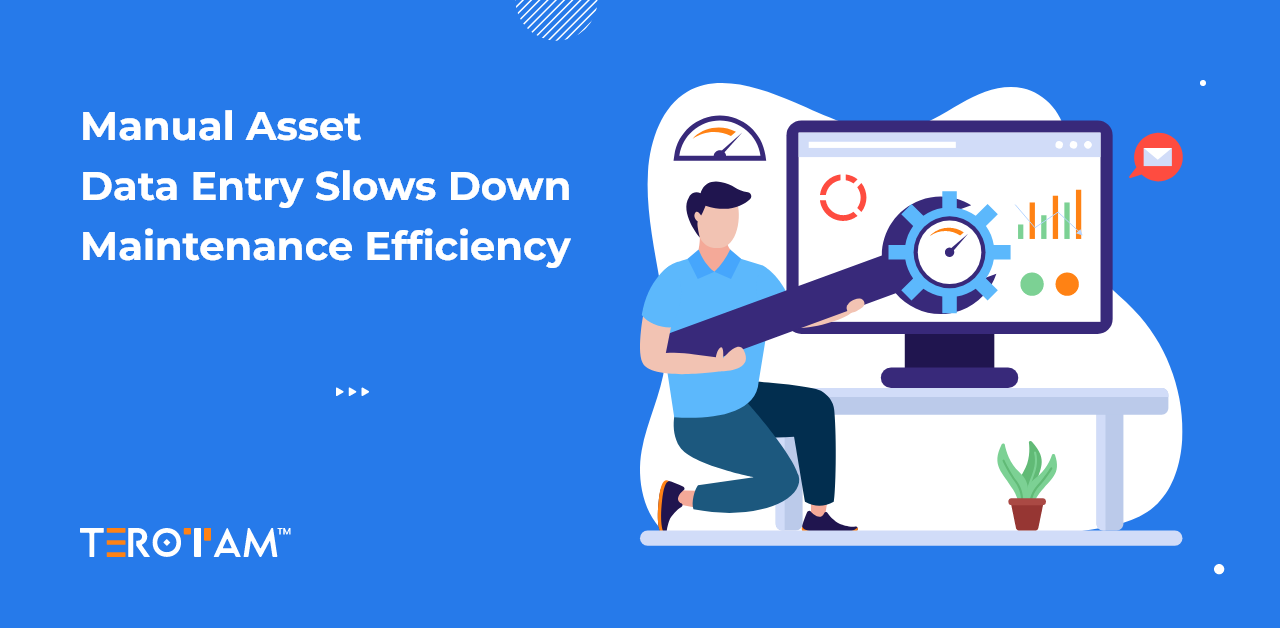The traditional energy and utility businesses are changing as a result of the decreased cost of intelligent devices and greater processing power and capacity.
In order to maintain their competitiveness and satisfy new market, regulatory, and customer demands, organizations must transform their operations. Best practices are required for data analysis, process monitoring, secure operations, asset life extension, productivity boosts, and safety enhancements. And that’s where Asset Management and Asset Monitoring enter the Oil and Gas Industry.
Let’s Discuss Why Asset Monitoring Tools are a must for the Oil and Gas Industry nowadays.
What’s Going on in The Oil and Gas Industry? – The Recent Trends
One of the most obvious ways for us as customers to observe the substantially fluctuating oil costs is when we fill up our automobiles at the gas station. In that perspective, the oil and gas sector only seems to become more volatile. When oil prices are high from an industry standpoint, the emphasis often is on boosting production as soon as possible. When prices are low, attention turns to cost-cutting measures.
The assets used in the production are one of the biggest costs, as was already indicated. Given their high price and ability to raise revenues, they are in fact investments. Oil and gas firms are searching for the most efficient ways to utilize these assets in order to increase their output.
The Oil and Gas sector is changing from a centralized generation and delivery model to a dynamic one that requires data analysis and real-time command decisions. This transformation is being fueled by rising demand for renewable energy solutions, smart grids, distributed energy resources, and distributed energy storage systems, among other things. Electric supply and delivery that is dependable and robust is the top concern for network operators. The same priority is given to market participants at the lowest.
In the oil and gas sector, the justification for tracking assets has never been greater. Oil and gas companies can now operate more effectively thanks to advances in technology. The fixed assets that enable you to carry out those activities must be routinely serviced in order to retain that efficiency and uphold strict safety standards.
Oil and gas companies are under the same pressure as all other businesses to control their operational expenses while maintaining high levels of production. In this regard, they are similar to all other businesses. One of the best ways to guarantee the effectiveness of your operations, handle any potential risk or security issues that arise, and guarantee the safety of your equipment while still maintaining the compliance standards, is to use an asset monitoring platform.
- It is simple for the assets that keep oil and gas firms operating efficiently from changing hands frequently.
- Your staff frequently spends excessive amounts of time looking for such lost assets.
- It can be challenging to locate where those assets should be without a dependable asset tracking system that gathers all of your complete asset data in one place and serves it up in real-time.
- This detrimental effect on your production can be eliminated by having the capacity to quickly ascertain the predicted location of any asset.
How Asset Management Software for Oil and Gas Industry is Beneficial for Streamlined Operations?
It is obvious that managing such varied assets across numerous places is a monumental task. a huge task that, if poorly handled, might have disastrous results. This is where the productivity and efficiency of a company’s assets may be greatly improved by oil and gas asset maintenance software.
1. It Guarantees the Extended Asset Life
Asset Management with QR Codes and IoT Sensors are used by asset monitoring software to track an asset’s location, state, and performance, allowing managers to determine if the equipment is in good working order or needs to be repaired. The lifespan of the asset can be increased and equipment downtime can be minimized using this knowledge.
2. It helps you practice the Work Order Management
asset management software that records the history, timetable, and upkeep of your equipment. You can gain from more automation and the confidence that nothing will fall through the cracks if you can also choose to write work orders for the upcoming inspections and maintenance.
3. It helps to Upkeep the Records
You won’t be able to keep track of asset expenses without automated tools. However, you may maintain track of purchase records, performance records, performance expenses, and other data with automated software. Making important business judgments is greatly aided by it. When keeping records, you must keep track of technician productivity and the costs associated with the upkeep of each asset, such as adding new supplies or spare parts. You can use the asset management solution to keep track of past asset maintenance, asset transportation, etc.
4. It Forecasts the Asset Failures
To lower production and asset maintenance costs and boost asset efficiency, timely preventive measures are essential. Asset KPI measurement, operation pattern analysis, anomaly detection, and equipment failure prediction are all capabilities of asset monitoring solutions. Utilizing this data will allow you to plan preventive maintenance and reduce unscheduled equipment downtime.
5. It Reduces Downtime and Boosts Uptime
Each and every resource is important. Downtime needs to be kept to a minimum. Additionally, the asset’s uptime and availability are increased. To reduce maintenance costs, asset upkeep is crucial. Effective asset management service also helps to increase the lifespan of an asset. Maintenance is crucial since downtime has a detrimental impact on corporate operations. It improves the uptime, availability, and performance of assets while reducing downtime.
6. It Prevents Theft and Tracks Employee Behavior
To deter theft, it’s crucial to carefully monitor high-value goods. Solutions for asset monitoring increase asset visibility by giving precise position information. Asset management tools can also monitor staff activities like trip distances, destinations, driving patterns, and more.
7. It Allows You to Practice an Efficient Audit
To physically check assets, an audit is conducted. Additionally, it is essential for managing depreciation. Additionally, the auditing procedure enables you to spot ghost assets. Asset management makes it simple to get rid of ghost assets. Monitoring regulatory compliance is another benefit of auditing. If it is discovered during an external audit that you are not abiding by the compliance’s laws and regulations, the organization will be forced to pay a hefty fine. Organizations might also benefit from the audit process by identifying operational constraints.
Cultivate Profits by Controlling Inefficiencies in the Oil and Gas Industry..!!
At the end of the day, we want our company to expand, and we are aware that assets are crucial to corporate success. When they are maintained, they perform well, the everyday operations continue smoothly, and no problems arise.
When your assets aren’t functioning properly and your everyday operations and organization depend on those assets, business productivity falls significantly. You can effortlessly manage and monitor assets with the help of asset management software.
Consider oil and gas asset maintenance software if you believe that your oil and gas company’s asset management is not operating as efficiently as it may be. Making the switch to automation could result in greater efficiencies and production as well as lower costs. Still not convinced? Schedule an appointment with our experts today or feel free to write us at contact@terotam.com and our asset management masters will reach you back with their pro tips to refine your oil and gas business.
Frequently Asked Questions:
1. What is Asset Management in Oil and Gas Industry?
Asset management is a comprehensive process that includes handling, creating, running, maintaining, and sourcing organizational assets while increasing productivity and dependability over the course of their lifetime.
2. What is Asset Monitoring and How does it Work?
Tracking physical assets remotely using specialized hardware and software is known as asset monitoring. IoT-based asset monitoring tools help schedule maintenance, alert management to asset failures, and offer accurate real-time information on an asset’s name, location, and status.
3. What is the Purpose of Asset Monitoring?
Your asset monitoring software, which allows you to keep track of all of your significant physical assets in one location, is an asset management solution. Asset monitoring assists companies in streamlining processes and reducing administrative overlap.
4. What are the Best Asset Monitoring Methods?
Nowadays the growing technology has put in various methods to monitor your assets like:
- Barcode (QR Code) This was the first technology that was extremely reliable & successful for tracking assets.
- RFID (Radio Frequency Identification)
- NFC (Near Field Communication)
- Low-energy Bluetooth (BLE)
- Global Positioning System (GPS)
- IoT Sensors (Internet of Things Sensors)








